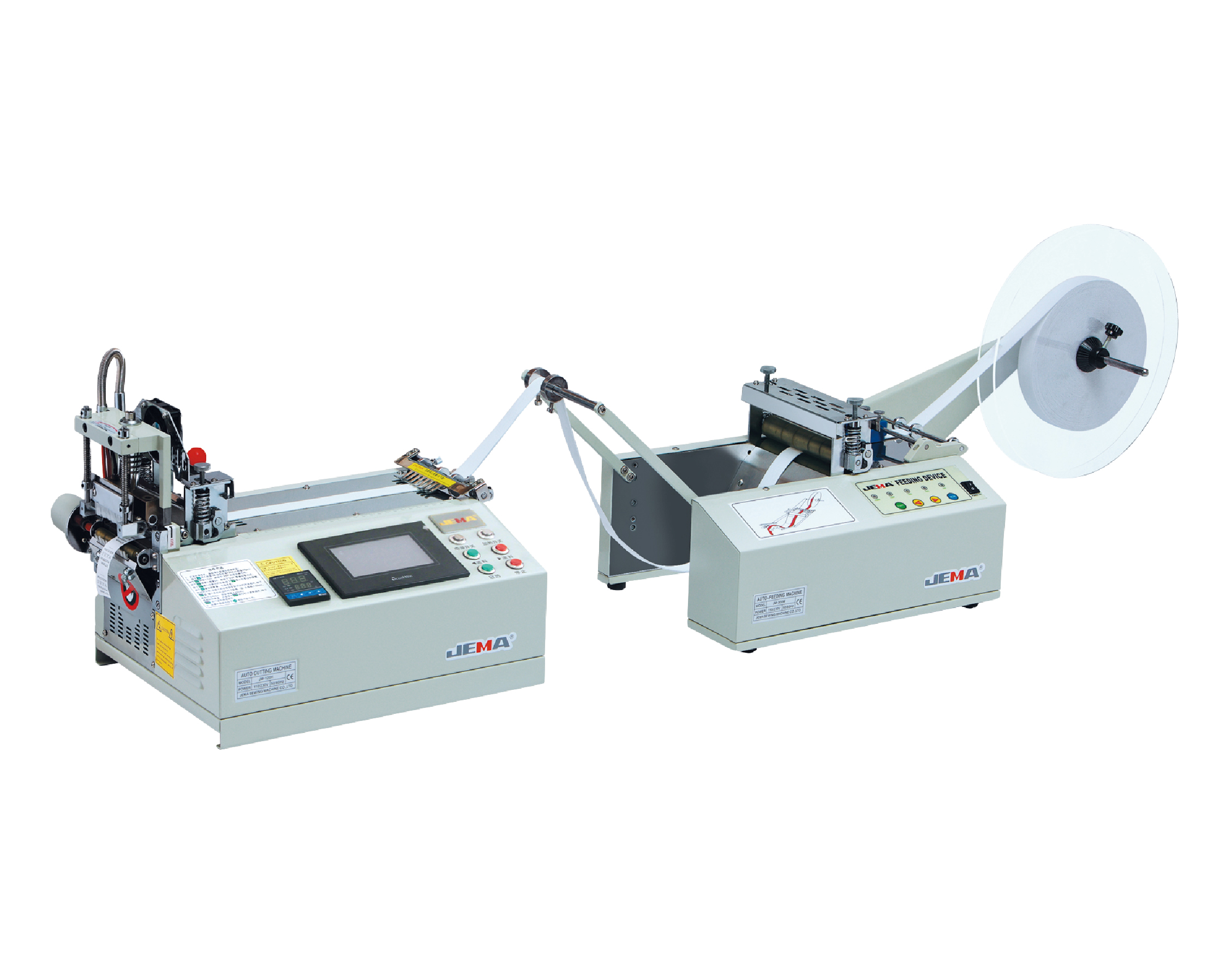Introduction to Safety in Tape Cutting
In modern manufacturing, safety is a critical concern, particularly when working with high-speed cutting machines. The operation of equipment like the Elastic Tape Cutting Machine involves sharp blades, fast-moving rollers, and precise tension mechanisms, all of which present potential hazards to operators. Ensuring safe operation not only protects personnel but also enhances productivity by minimizing downtime caused by accidents. Understanding the safety features and operational practices associated with these machines is essential for companies that prioritize both efficiency and workplace safety.

Protective Guards and Physical Barriers
One of the primary safety measures in tape cutting machinery is the use of protective guards. These barriers prevent direct contact with the cutting blade and other moving components during operation. Many machines incorporate interlocked safety doors that halt machine operation if opened, ensuring that the risk of accidental injury is reduced. Additionally, clear shielding allows operators to monitor the cutting process without exposing themselves to potential hazards. These design considerations provide a balance between visibility and protection, allowing safe and efficient operation in demanding production environments.
Emergency Stop Mechanisms
Emergency stop functions are critical for responding quickly to unexpected events. Strategically positioned buttons allow operators to immediately stop the machine if tape jams, alignment issues, or other irregularities occur. Advanced models may feature multiple emergency stop points to ensure accessibility from different areas around the machine. This redundancy is crucial for high-volume operations where rapid response can prevent both personal injury and material waste, making the machine safer and more reliable under various operating conditions.
Controlled Feeding and Tension Systems
Improper handling of tape during feeding can create hazards such as sudden snapping, slippage, or unintended stretching. The Elastic Tape Cutting Machine employs guided rollers and adjustable tension systems to maintain stable tape movement and alignment throughout the cutting process. These mechanisms reduce the likelihood of sudden tape recoil or misalignment that could injure operators. Sensors may also detect irregular tape movement and pause operations automatically, providing an additional layer of protection while ensuring consistent cutting quality across different tape types and thicknesses.
Electrical and Mechanical Safety
Beyond physical safety, machines must address electrical and mechanical hazards. Proper grounding and enclosed wiring protect operators from electric shock, while shielded rollers, gears, and drive components prevent pinching or entanglement injuries. Regular maintenance of these components is essential to ensure that safety systems remain fully functional. Many machines also incorporate ergonomic designs, reducing operator fatigue and lowering the likelihood of errors that could compromise safety during extended periods of use.
Operator Training and Practices
Even with the advanced safety features, operator training remains a crucial element of workplace safety. Personnel must be educated on machine setup, proper tape loading, and adjustment of cutting parameters. Awareness of pinch points, blade locations, and emergency procedures allows operators to respond effectively in case of unexpected issues. Standard operating procedures, combined with the machine’s safety design, ensure that operations are conducted in a controlled and secure manner, maintaining both productivity and safety.
Safety during tape cutting operations is a comprehensive challenge that requires careful consideration of machine design, protective systems, and operator practices. The Elastic Tape Cutting Machine addresses these concerns through protective guards, emergency stop mechanisms, controlled feeding systems, and ergonomic design. By integrating electrical and mechanical safety measures with operator training, the machine ensures a secure working environment while maintaining high efficiency and precision. Manufacturers that invest in such safety-conscious equipment can reduce accidents, protect personnel, and achieve consistent, high-quality output, demonstrating that safety and productivity can coexist seamlessly in modern tape cutting operations.

 英语
英语 中文简体
中文简体 西班牙语
西班牙语 越南语
越南语 葡萄牙语
葡萄牙语 土耳其语
土耳其语







